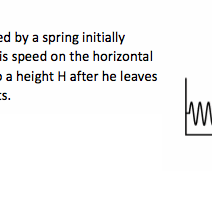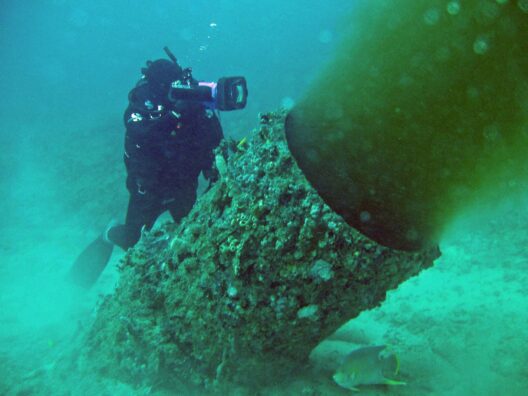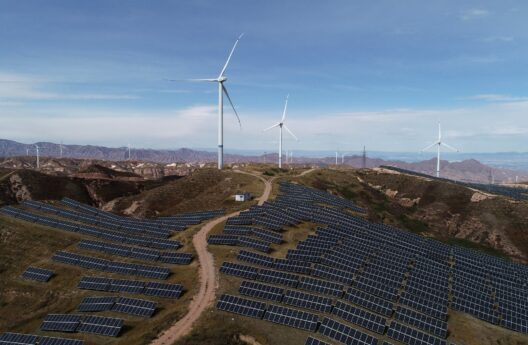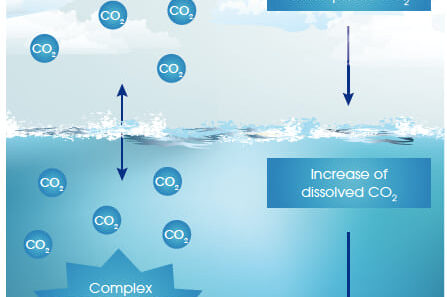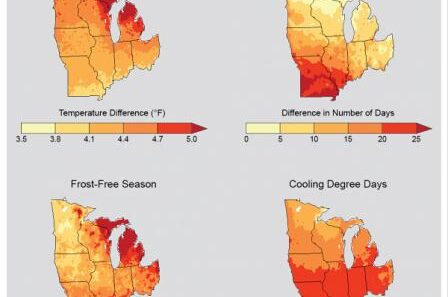Europe, a continent steeped in history and diversity, showcases an intricate tapestry of climates molded by its geography, topography, and cultural idiosyncrasies. From the sun-kissed southern coastlines of the Mediterranean to the frigid tundras of the North, Europe presents a vivid panorama of seasonal transformations that influence not only the environment but also the cultures and lifestyles of its inhabitants. To embark on a journey through Europe’s climate is to appreciate its multifaceted nature—a revelatory exploration of weather patterns, flora, fauna, and human adaptation.
Each season paints a distinct picture across the European landscape, creating varied experiences that reflect the continent’s climatic diversity. Spring heralds renewal and rejuvenation, as the landscape awakens from the slumber of winter. In the Mediterranean regions, warmer temperatures coax blossoms from the trees and ignite vivid wildflower carpets across meadows. Countries like Italy and Greece bask in a gentle sun, inviting both locals and travelers to celebrate festivals that intertwine agricultural traditions with cultural heritage.
As blossoms unfurl and days elongate, Europe’s northern realms, particularly the Scandinavian countries, experience a gradual thaw. Here, the melting snow unveils the rugged beauty of fjords and serene lakes, enticing adventurers into the embrace of nature. The rhythmic call of migratory birds returning signals not just a seasonal shift but a deeply embedded cycle of life. In places like Norway, this season fosters a blend of environmental appreciation and cultural richness, as locals revel in the arrival of the midnight sun.
As spring transitions into summer, the continent transforms into a vibrant mosaic of light and warmth. Coastal towns become bustling hubs of activity where both locals and tourists gather to savor fresh seafood and bask in the sun. Southern Europe often grapples with heatwaves, leading to increased temperature fluctuations that raise environmental concerns. The reverberating impact of climate change is palpable; summers grow hotter, prompting urgent discussions around sustainable practices in agriculture, tourism, and urban development. Yet, this season also provides an opportunity for community building and environmental consciousness as festivals celebrate Nature’s bounty and promote eco-friendly practices.
Summer elongates into a languid yet vibrant display of life, with rich hues saturating the landscape. Festivals and events celebrating local customs proliferate, fostering a deeper connection between inhabitants and their environment. As the days wane, autumn approaches with a dramatic flourish. Europe’s deciduous forests, particularly in Central and Eastern regions, explode into a symphony of colors—burnished reds, golden yellows, and deep oranges. This chromatic spectacle invites contemplation on the impermanence of nature; leaves silently cascade to the earth, reminding society of the inevitable seasonal cycles. Culturally, autumn boasts harvest festivals that honor the fruits of labor and the melding of agrarian roots with artistic expression.
Yet, autumn serves as a prelude to winter, a season that encompasses both beauty and starkness. The chill descends, coating landscapes in frost or snow, particularly in the northern enclaves of Europe. In alpine regions, winter is not merely a season; it’s a lifestyle. The allure of winter sports draws countless enthusiasts to the snow-laden Alps, where winter pursuits foster economic growth yet pose questions about sustainability and environmental impact. The glaciers and snowpacks that beckon sports aficionados are rapidly receding, casting a shadow on the future of winter tourism.
As temperatures plunge, European cities become illuminated with festive lights, creating a stark contrast against the long, dark nights. Cultures across Europe celebrate the winter solstice in unique ways, from the traditional German Christmas markets filled with artisanal crafts and mulled wine to the Northern lights captivating in Finland. Each cultural expression intertwines with environmental nuances, serving both as a celebration of life and a reminder of nature’s cycles. The cold may seem inhospitable, yet it fosters a spirit of resilience—communities gather together, prioritizing warmth, sharing, and support during the bleak months.
Through the rich tapestry of Europe’s seasons, one witnesses not just climatic variations but an underlying narrative of how these changes shape lifestyles, traditions, and aspirations. Climate change poses an existential challenge, compelling renewed dialogues centered on sustainability and conservation across diverse cultural expressions. Ecosystems are shifting, traditional practices are being tested, and communities are reassessing their relationship with the environment.
The onus lies on individuals, corporations, and governments across Europe to reconcile their cultural heritage with climate realities. By prioritizing sustainability, Europe can reclaim its seasonal celebrations—infusing them with an ethos of stewardship towards the planet. Initiatives promoting renewable energy, conservation, and eco-friendly tourism manifest an optimistic response to an urgent call for action. It is this emerging consciousness that assures the landscape can endure, even amidst change, shaping a future where cultural practices harmonize with climatic realities.
Europe’s climate offers much more than just weather patterns; it encapsulates the intricate interplay between nature and humanity. Each season serves as a reflection of resilience, adaptation, and possibility. Through understanding and appreciating these climatic variations, one can cultivate a deeper respect for the environment and nurture a commitment to preserving it for future generations. As Europe navigates the uncertainty of climate change, it holds the potential to lead by example, weaving its rich cultural narrative into a proactive climate response. In doing so, it not only safeguards its multifarious seasons but also nurtures a legacy of environmental stewardship for those who will inherit this beautiful continent.


